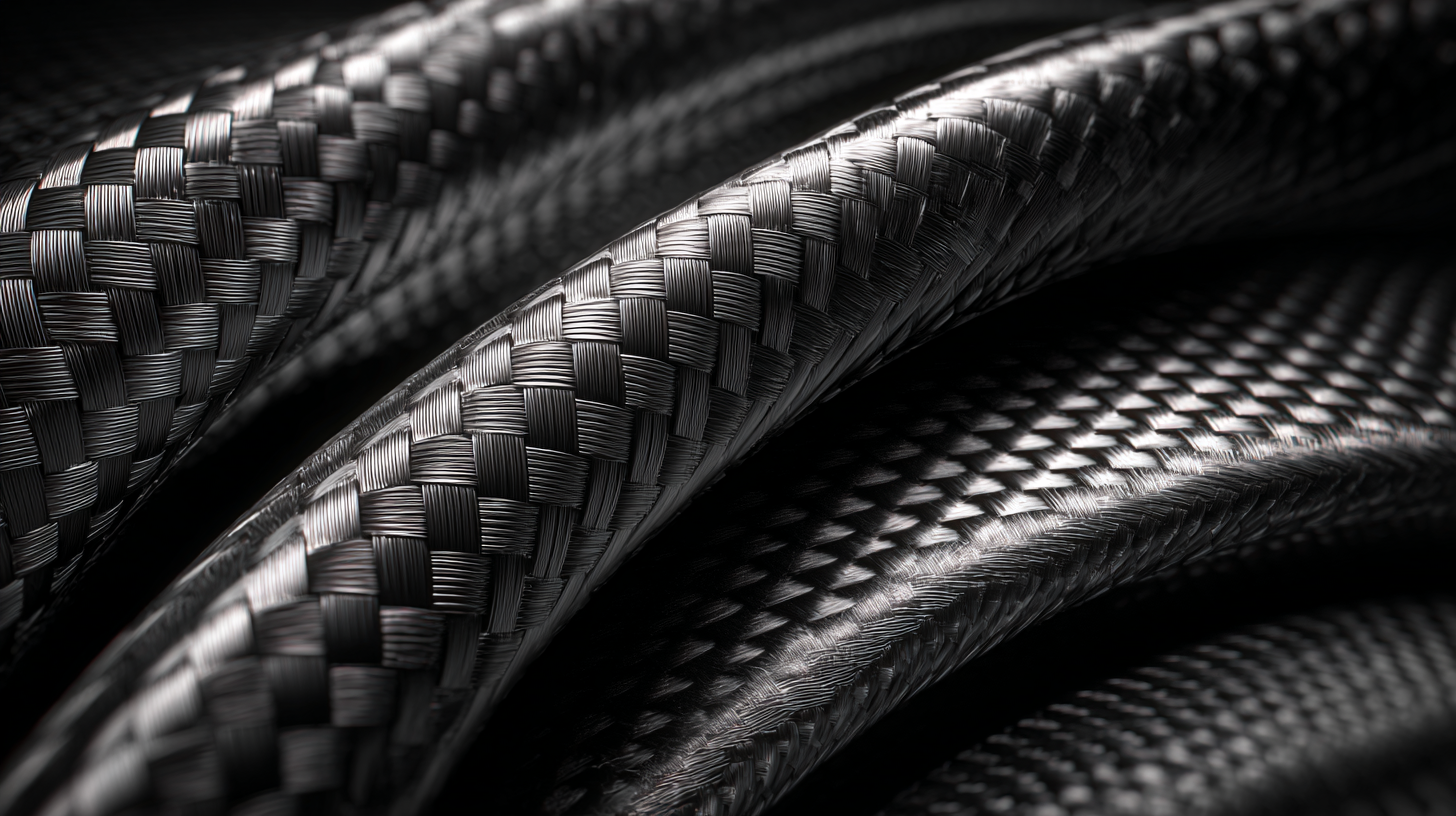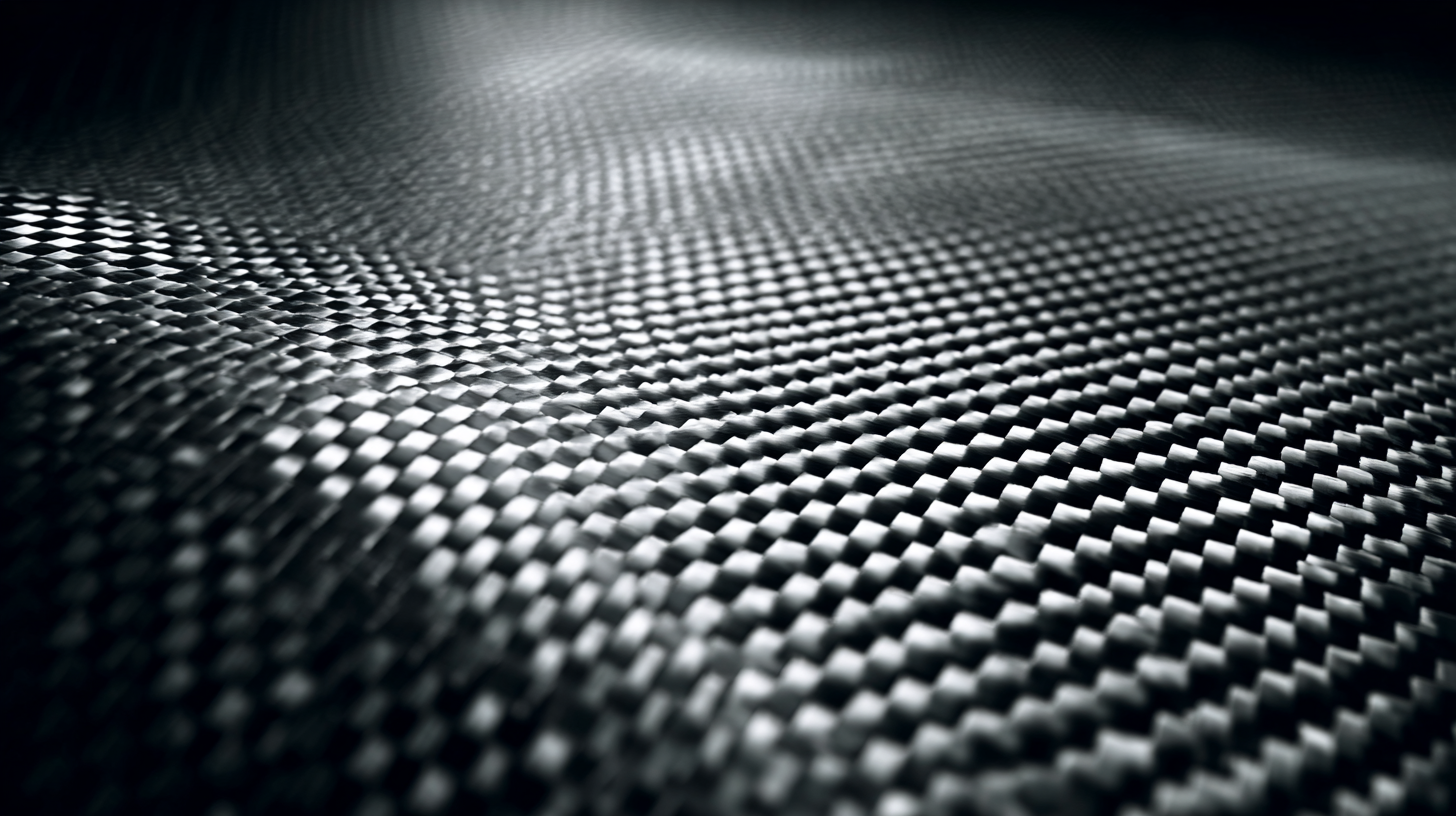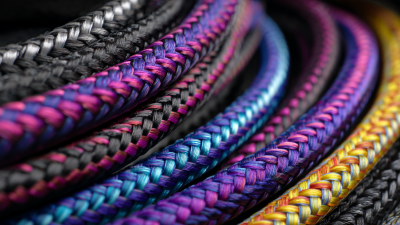
-
Home
-
Products
-
About Us
-
News
-
Blog
-
Video
-
Contact
Leave Your Message

The application of Carbon Fiber Sheets in modern engineering is revolutionizing various industries by offering unmatched strength-to-weight ratios and durability. According to a 2021 report by MarketsandMarkets, the global carbon fiber market is projected to reach USD 6.73 billion by 2026, growing at a CAGR of 10.6% from 2021 to 2026. This significant growth is driven by the increasing demand for lightweight and high-performance materials in sectors such as aerospace, automotive, and sports equipment. Carbon Fiber Sheets are increasingly utilized for their versatility, as they can be molded into complex shapes without compromising structural integrity, making them ideal for custom applications. As manufacturers and engineers continue to explore innovative uses of this advanced material, its role in driving efficiency and performance in modern engineering processes is becoming increasingly vital.

The aerospace industry has seen remarkable advancements with the integration of carbon fiber sheets, particularly in enhancing the performance and efficiency of aircraft. Carbon Fiber Reinforced Thermoplastics (CFRTs) are at the forefront of this innovation, offering superior strength and lightweight properties essential for aerospace applications. Recent studies emphasize the versatility of these materials, highlighting their ability to be engineered into both continuous and discontinuous fiber forms, which provides engineers with flexibility in application design.
Additionally, the development of advanced carbon fiber skins is revolutionizing stealth aircraft technologies. These innovative materials not only strengthen the structural integrity of aircraft but also contribute to reducing radar signatures, which is critical for military operations. The pursuit of cutting-edge manufacturing techniques, such as Automated Rapid Tape Carbon, exemplifies how the aerospace sector is embracing advanced composite materials to create complex components that enhance overall aircraft performance. With ongoing research and development, the future applications of carbon fiber sheets in aerospace engineering remain promising, driving continual improvements in safety, efficiency, and design capabilities.
The automotive industry is undergoing a significant transformation as manufacturers increasingly adopt carbon fiber sheets to enhance vehicle performance and efficiency. According to a recent report by Research and Markets, the carbon fiber reinforced plastics (CFRP) market in the automotive sector is expected to grow at a CAGR of 16.5% from 2021 to 2026. This shift is primarily driven by the need for lightweight materials that can improve fuel economy and reduce emissions, aligning with global sustainability goals.

Carbon fiber sheets offer an impressive strength-to-weight ratio, making them ideal for structural components while minimizing overall vehicle mass. For instance, vehicles constructed with carbon fiber can achieve a weight reduction of up to 50% compared to traditional steel alternatives. Furthermore, the excellent fatigue resistance of carbon fiber enhances the longevity and durability of automotive parts, ultimately leading to lower maintenance costs. As leading manufacturers like BMW and Audi continue to integrate carbon fiber into their designs, the material's potential in automotive engineering is becoming increasingly evident, paving the way for more innovative and sustainable vehicle solutions.
Carbon fiber sheets have emerged as a game-changer in the construction industry, offering unparalleled strength-to-weight ratios that significantly enhance structural integrity. According to a report by MarketsandMarkets, the global carbon fiber market is expected to grow from USD 3.3 billion in 2019 to USD 5.7 billion by 2024, reflecting an increasing adoption of lightweight materials in construction. With a tensile strength of approximately 200 GPa and a weight that is roughly 60% lighter than steel, carbon fiber sheets enable architects and engineers to create innovative designs while ensuring durability and safety.
Moreover, the versatility of carbon fiber sheets makes them ideal for a wide range of applications within construction. They are being utilized in everything from reinforcing existing structures to creating new, lightweight frameworks that can help reduce overall project costs and time. A study by Grand View Research highlighted that the use of carbon fiber reinforced polymer (CFRP) composites leads to a cost reduction of around 20% in maintenance and construction compared to traditional materials. As sustainability becomes a driving force in modern engineering, the ability of carbon fiber sheets to minimize material usage without compromising quality positions them as a vital asset in the future of construction.
| Application Area | Key Benefits | Typical Thickness (mm) | Weight per Square Meter (kg/m²) | Typical Applications |
|---|---|---|---|---|
| Construction | High strength-to-weight ratio, corrosion resistance | 2-5 | 1.5-3 | Reinforced beams, facades, roofs |
| Aerospace | Lightweight, superior mechanical properties | 2-7 | 1-4 | Airframes, wing structures, interior components |
| Automotive | Increased fuel efficiency, enhanced safety | 1-5 | 0.6-2.5 | Body panels, chassis components |
| Sporting Goods | Durability, lightweight performance | 1-3 | 0.5-1.5 | Bicycles, golf clubs, tennis rackets |
| Energy | Resistance to harsh environments, lightweight | 3-12 | 2-6 | Wind turbine blades, solar panel frames |
The advancements in sports equipment manufacturing have been significantly influenced by the integration of carbon fiber sheets. Known for their incredible strength-to-weight ratio, carbon fiber composites have revolutionized how equipment is designed, offering athletes improvements in both performance and safety. According to a report by Smithers Pira, the global market for carbon fiber in sports equipment is projected to reach approximately $3 billion by 2025, driven by increasing demand for high-performance gear in competitive sports.
The unique properties of carbon fiber allow manufacturers to create lighter and stiffer products, translating to enhanced speed and agility for athletes. For instance, in cycling, carbon fiber frames can be up to 30% lighter than traditional aluminum, providing cyclists with a significant edge in races. Similarly, the use of carbon fiber in sports like tennis and golf has led to rackets and clubs that not only improve playability but also reduce the risk of injuries.
Tips: When considering the use of carbon fiber in sports equipment, it's essential to assess both performance benefits and cost implications. Additionally, always check for certifications that ensure the material meets industry standards to guarantee safety and durability.
The integration of carbon fiber sheets in renewable energy technology is rapidly transforming engineering practices, enabling significant advancements in efficiency and durability. The lightweight nature of carbon fiber allows for substantial reductions in the weight of components used in wind turbines and solar panels, translating to improved energy output and reduced raw material usage. According to a recent industry report, the global demand for carbon fiber in renewable energy is expected to reach $3 billion by 2025, highlighting the growing reliance on this advanced material in sustainable engineering solutions.

In solar technology, carbon fiber sheets are being utilized for constructing lighter, more robust panels that can withstand extreme weather conditions, ultimately enhancing their lifespan and reducing maintenance costs. Similarly, in wind energy, carbon fiber's superior strength-to-weight ratio facilitates the design of larger turbine blades that can capture more wind energy while minimizing structural stress. As renewable energy continues to expand, the adoption of carbon fiber technology will be pivotal, driving innovation and efficiency in meeting global sustainability goals.





